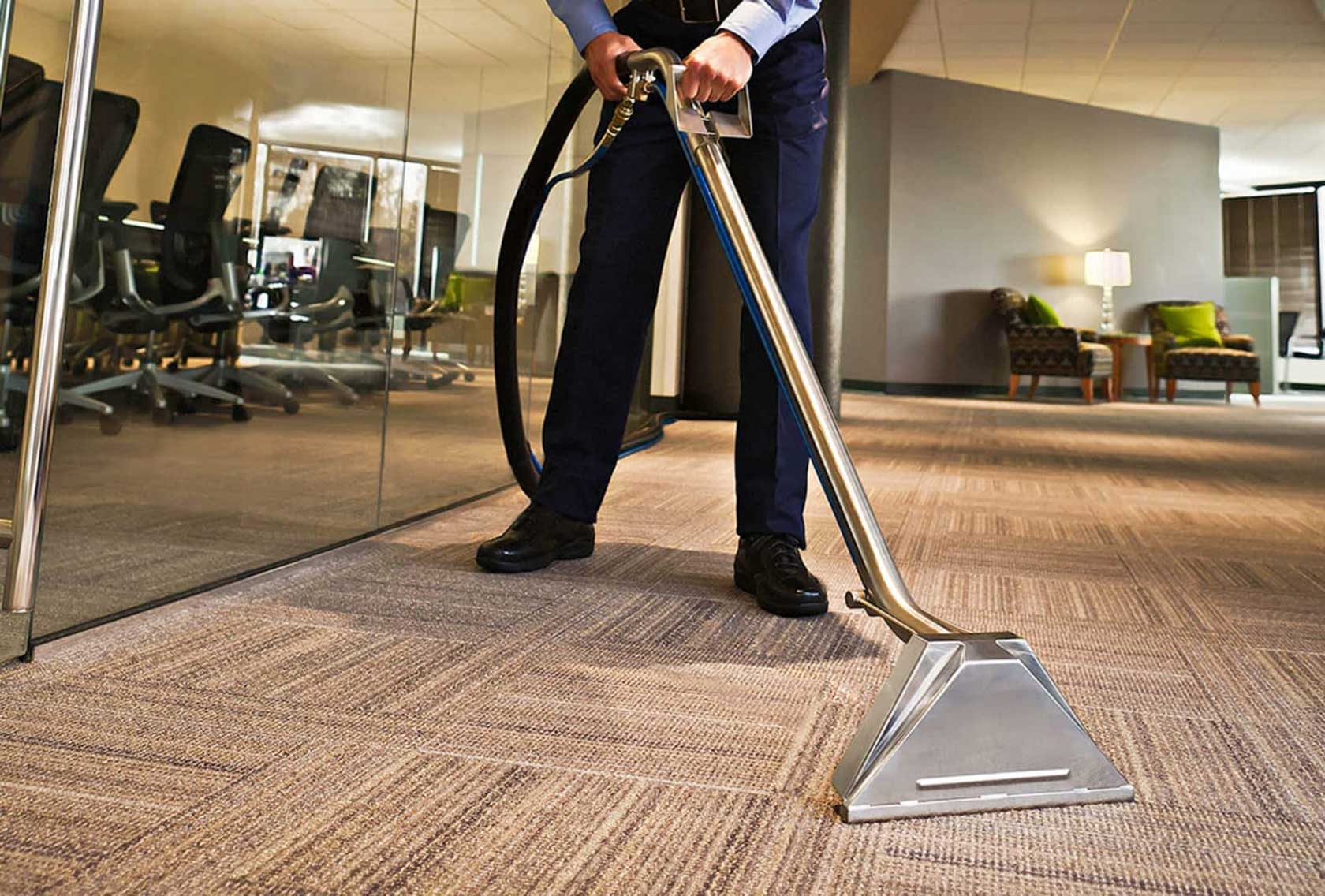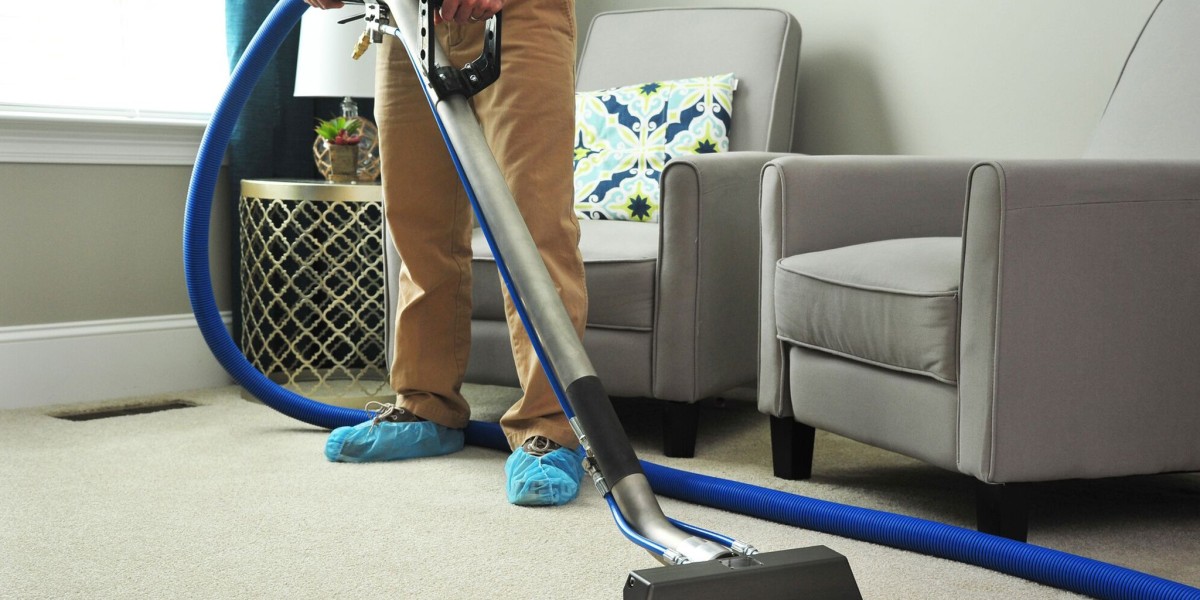Carpets are a popular choice for flooring in homes and offices due to their aesthetic appeal, comfort, and insulation properties. However, carpets also accumulate dirt, allergens, and stains over time, necessitating regular cleaning to maintain their appearance and hygiene. This article explores the science behind carpet cleaning, the various techniques available, their benefits, and best practices for effective carpet maintenance.
The Importance of Carpet Cleaning
Carpets serve as a reservoir for dust, dirt, allergens, and microorganisms. According to the American Lung Association, carpets can trap airborne pollutants, which can affect indoor air quality. Regular cleaning of carpets not only enhances their appearance but also contributes to a healthier living environment. Carpets can harbor dust mites, pet dander, mold, and bacteria, which can exacerbate respiratory issues and allergies. Therefore, understanding the science of carpet cleaning is essential for maintaining both the aesthetic and health aspects of indoor spaces.

Types of Carpet Cleaning Techniques
There are several carpet cleaning techniques, each with its own advantages and disadvantages. The most common methods include:
- Hot Water Extraction (Steam Cleaning): This method involves injecting hot water mixed with cleaning agents into the carpet fibers. The solution is then extracted along with dirt and debris using a powerful vacuum. Steam cleaning is effective in removing deep-seated dirt and allergens but requires longer drying times.
- Dry Cleaning: This technique uses a dry cleaning solvent instead of water. A cleaning compound is spread over the carpet, and a machine agitates the fibers to loosen dirt. The solvent is then vacuumed away. Dry cleaning is advantageous for quick cleaning and minimal drying time, but it may not be as effective for heavy stains.
- Bonnet Cleaning: This method is primarily used for commercial carpets. A cleaning solution is applied to the carpet, and a rotating pad absorbs the dirt. Bonnet cleaning is quick and effective for surface cleaning but does not penetrate deeply into the fibers.
- Encapsulation: This technique involves applying a synthetic cleaning agent that encapsulates dirt particles. Once the solution dries, the encapsulated dirt can be vacuumed away. Encapsulation is effective for maintenance cleaning and has a rapid drying time.
- Shampooing: Carpet shampooing involves applying a foamy cleaning agent that is agitated into the carpet fibers. Afterward, the foam is extracted with a vacuum. While effective for removing surface dirt, shampooing can leave residues if not rinsed properly.
The Science Behind Carpet Cleaning Agents
Carpet cleaning agents are formulated to target specific types of stains and dirt. They typically contain surfactants, enzymes, solvents, and sometimes fragrances.
- Surfactants reduce the surface tension of water, allowing it to penetrate carpet fibers more effectively. They help to lift dirt and stains from the carpet surface.
- Enzymes are biological catalysts that break down organic stains such as food, pet urine, and bodily fluids. They are particularly effective in eliminating odors associated with these stains.
- Solvents help dissolve oily stains and residues that water alone cannot remove.
- Fragrances are often added to provide a pleasant scent after cleaning.
Benefits of Regular Carpet Cleaning
Regular carpet cleaning offers numerous benefits, including:
- Improved Indoor Air Quality: By removing dust, allergens, and pollutants, regular carpet cleaning can significantly enhance the air quality in indoor environments, which is particularly important for individuals with allergies or respiratory conditions.
- Extended Carpet Lifespan: Regular maintenance can prolong the life of carpets by preventing the buildup of dirt and grime that can wear down fibers over time.
- Enhanced Appearance: Clean carpets contribute to the overall aesthetics of a space. Regular cleaning helps maintain the original color and texture of the carpet, making it look new for longer.
- Odor Removal: Carpets can absorb odors from pets, spills, and smoke. Regular cleaning helps eliminate these odors, creating a fresher environment.
- Stain Prevention: Regular cleaning can help to prevent stains from setting in, making it easier to remove spills and accidents before they become permanent.
Best Practices for Carpet Maintenance
To ensure the longevity and cleanliness of carpets, consider the following best practices:
- Regular Vacuuming: Vacuum carpets at least once a week to remove surface dirt and debris. High-traffic areas may require more frequent vacuuming. Use a vacuum cleaner with a HEPA filter to effectively trap allergens.
- Immediate Stain Treatment: Address spills and stains as soon as they occur. Blot the area with a clean cloth to absorb excess liquid, and use a suitable carpet cleaner for the specific type of stain.
- Professional Cleaning: Schedule professional carpet cleaning at least once a year, or more frequently for high-traffic areas or homes with pets. Professionals have access to advanced cleaning equipment and products that can achieve deeper cleaning.
- Use Area Rugs: Place area rugs in high-traffic areas to protect the underlying carpet. Area rugs are easier to clean and can be replaced if worn out.
- Implement a No-Shoes Policy: Encourage a no-shoes policy in the home to minimize dirt and debris tracked onto carpets. Provide a designated area for shoe storage to facilitate this practice.
Conclusion
Carpet cleaning is an essential aspect of maintaining a healthy and aesthetically pleasing indoor environment. By understanding the various cleaning techniques, the chemistry of cleaning agents, and the benefits of regular maintenance, homeowners can make informed decisions about their carpet care. Implementing best practices for carpet cleaning not only enhances the longevity and appearance of carpets but also contributes to improved indoor air quality and overall health. As carpets continue to be a popular flooring choice, investing time and resources into their maintenance is a worthwhile endeavor for any homeowner or facility manager.





